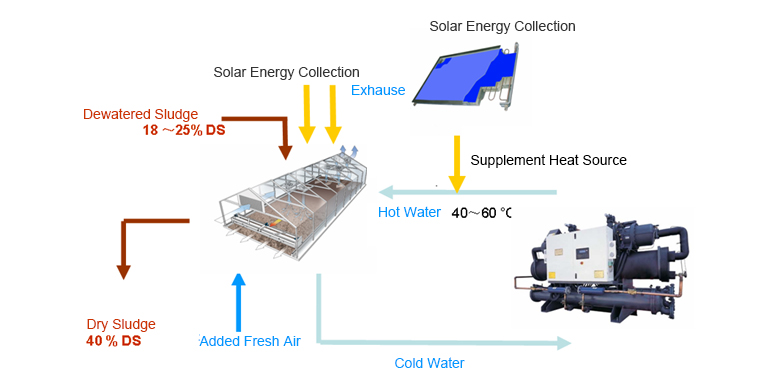
Sewage Sludge Treatment
There are more than 3,500 municipal sewerage treatment plants in China and the capacity of sewage treatment is about 150 million cubic metres per day. The large scale build-up and operation of sewerage treatment plants has resulted in the need with a significant amount of toxic sludge. The quantity of wet sludge that has a water content of approximately 80% has reached 33.59 million tons with only about 20% being safely disposed. The normal modes of treatment include open air, land fill or a process known as sinotrans.
The entire process of sewage treatment must include the effective neutralising and disposal of sludge, otherwise the pollutants will still be able to contaminate the groundwater. If this occurs, then the process has been a waste of time, money and resources.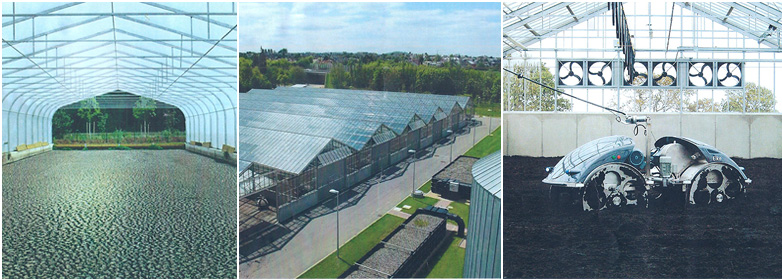
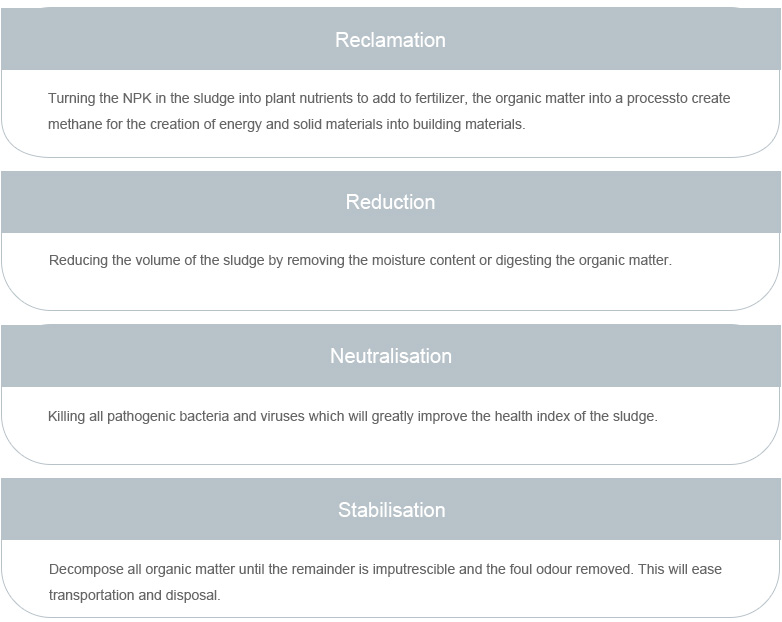
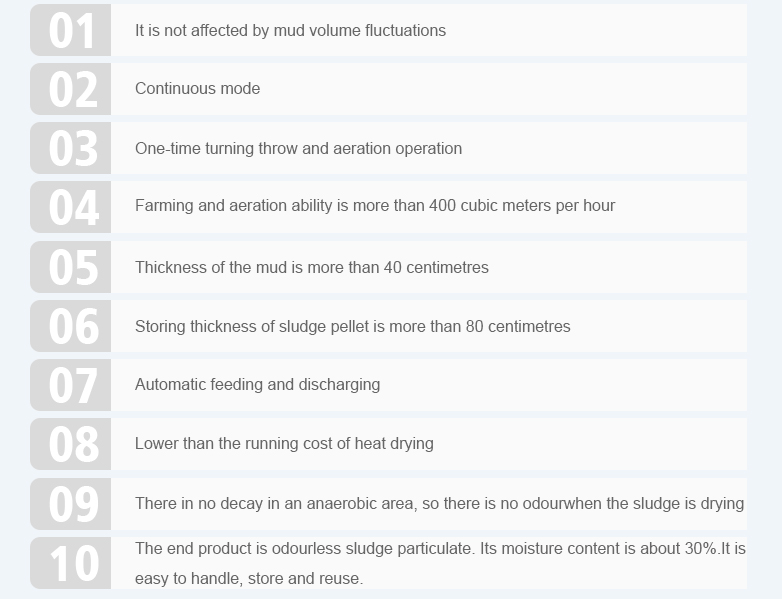
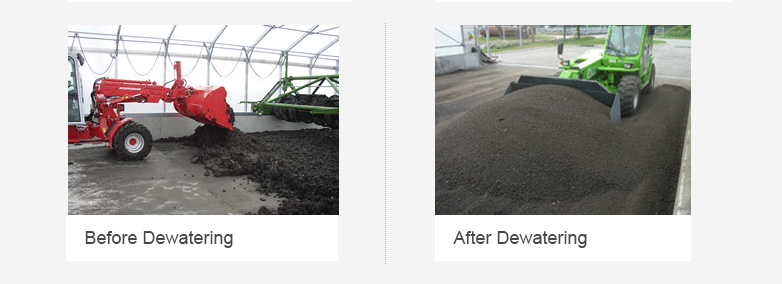
Drying in this case means extracting water out of the sludge in the form of steam into the atmosphere. In order to overcome the binding capacity of the water, there must be an energy input into the sludge in order to drive evaporation. The driving force here stands for the D-value between water evaporation pressure of the sludge to release vapour into the atmosphere until saturation vapour pressure is reached.
The atmosphere is a mixture of gases with a capacity to hold water vapour, commonly known as humidity. Evaporation occurs when the sludge has a higher temperature and a larger evaporation pressure and the drier air has a lower concentration of water vapour.
The capacity for the atmosphere to absorb moisture continues until the air hits saturation vapour pressure. Therefore the atmosphere has the ability to absorb moisture even in cooler times or when it is raining. However the more sunshine the sludge is exposed to, the faster the drying cycle.
